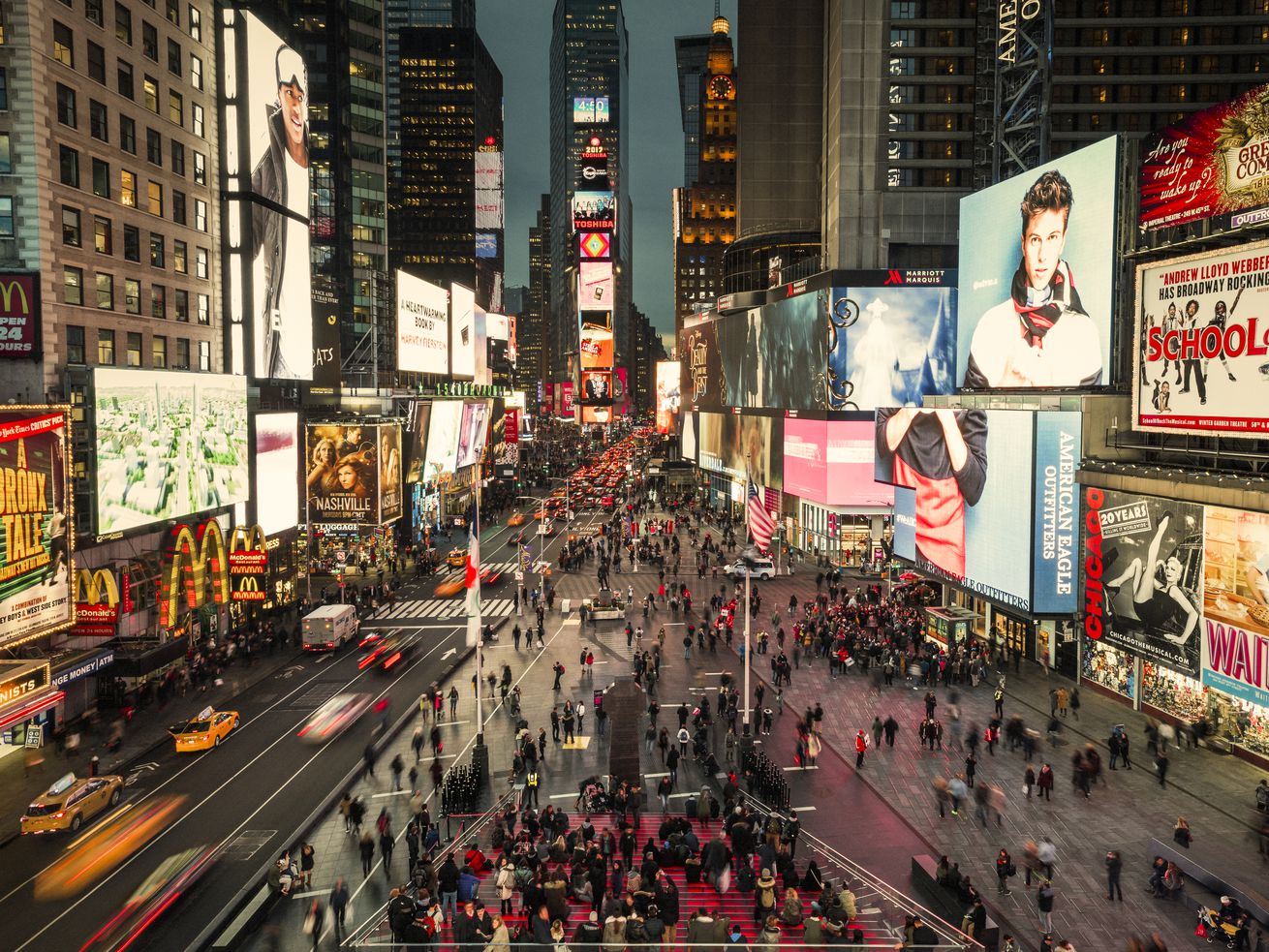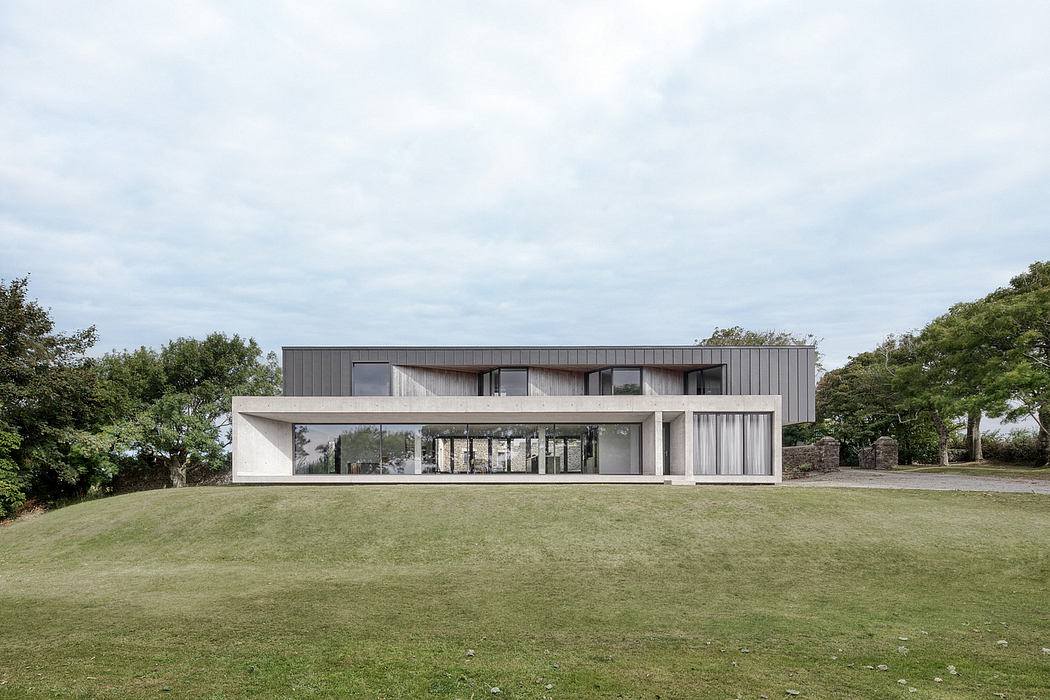Who?s afraid of the pedestrian mall"

The pedestrian mall in Times Square designed by Snøhetta. | Michael Grimm
To make cities safer and denser, we need to make room for people, not cars. The specter of the 1970s is holding our foot traffic back Ah, the heady optimism of 1974! On the cover of The Pedestrian Revolution, by Simon Breines and William J. Dean, men in bell-bottoms and women in vests stroll between planters of lush blooms, dine under a purple umbrella, take a tram, always surrounded by blocky towers. ?Streets Without Cars,? the subtitle, offers the promise of leisure, sunshine, and family time on some not-so-mean streets.
?Urban society?s growing frustration with the automobile, and the congestion it causes, is a major factor behind the Pedestrian Revolution,? Breines and Dean write. ?Pedestrianism enhances our physical well-being both by reducing air and noise pollution and by encouraging, through the creation of urban strollways and urban bikeways, the greater use of footpower.? Yes, you think. Too true, you nod. And then the publication date sinks in.
We?ve been here before, if here means trying to assert the primacy of the person?the pedestrian, the cyclist, the transit rider?in the matrix of city streets. We?ve been here before if here means realizing that, for the health of the planet, we need to make the pedestrian life easier than the windshield view.
Once upon a time in the 1960s and 1970s, urban leaders pushed cars out of downtown. Why is it so hard to do that now"
The p...
| -------------------------------- |
| CÃMO PROTEGER EL ACERO DE LA CORROSIÃN. Tutoriales de arquitectura. |
|
|












